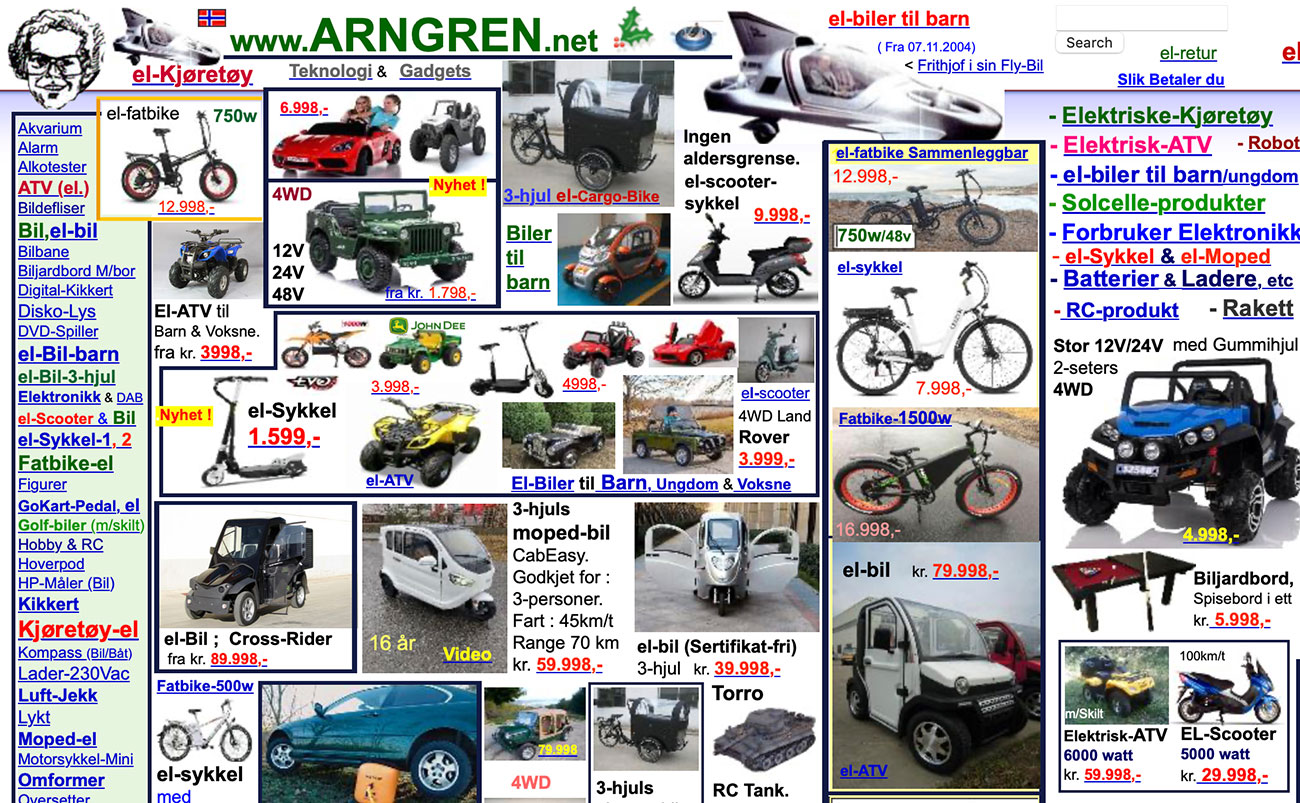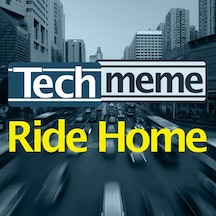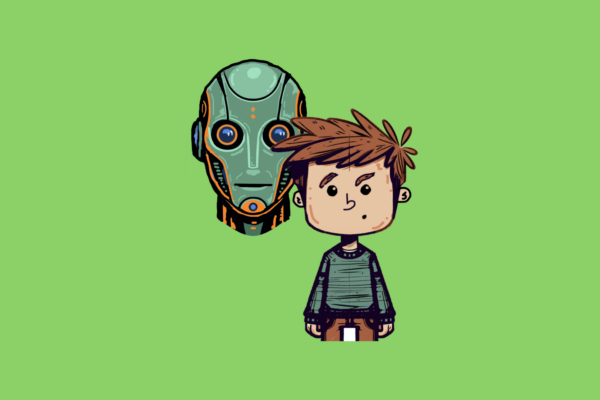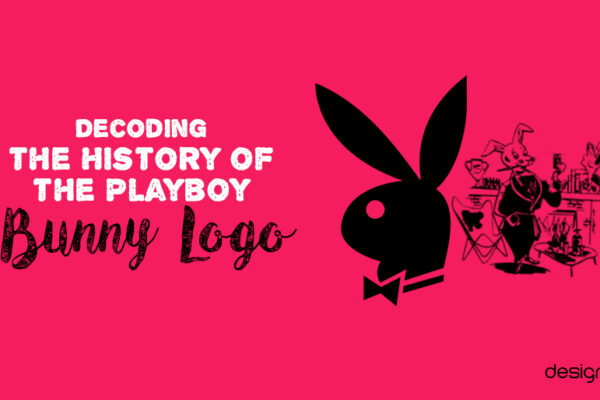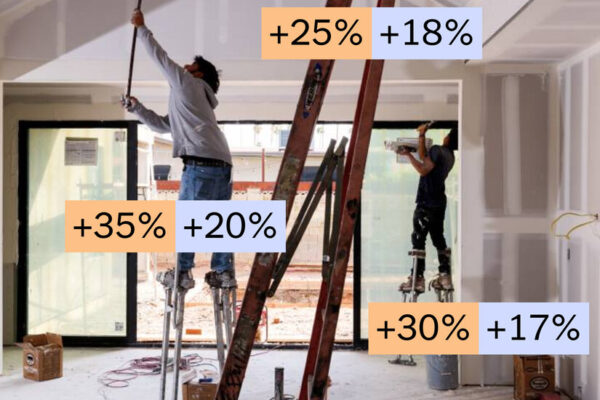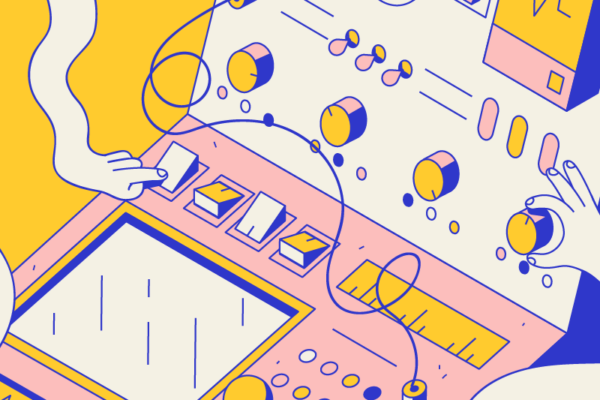Whenever you consider high-converting web sites, what involves thoughts? Clear, minimal designs, aesthetically pleasing colour palettes, and a well-thought-out consumer interface.
You most likely envision a elegant, smooth expertise the place each pixel serves a goal and each component exudes professionalism. However right here’s the factor—there’s a idea that’s been simmering beneath the floor of the net design world for some time now: ugly web sites promote higher. Sure, you learn that proper. Ugly web sites.
Earlier than you shut this tab in disbelief, hear me out. What if I instructed you that, typically, design imperfections—whether or not they’re garish colours, clashing fonts, or unintentionally dated aesthetics—may very well be driving conversions in methods the design neighborhood hasn’t totally explored?
It’s a subject that may spark heated debates, nevertheless it’s one which warrants extra consideration, particularly for these of us working within the trenches of superior internet design.
The Unlikely Principle: Ugly Web sites and Increased Conversions
The phrase “ugly web sites” would possibly make you cringe, however let’s take a step again and study the nuances of this concept. The “ugly” web sites we’re speaking about right here aren’t simply poorly designed or sloppily thrown collectively—they’re usually characterised by design selections that go in opposition to the grain of present design traits.
These websites could seem visually repulsive by fashionable requirements, but they is perhaps outperforming their extra polished rivals when it comes to gross sales and conversions.
Right here’s the kicker: typically, dangerous design makes folks belief a web site extra. It’s a phenomenon tied to consumer psychology, shopper habits, and even internet historical past.
Web sites that look “ugly” usually seem extra genuine, human, and real. They lack the hyper-polished perfection that may typically come off as company or inauthentic. That is very true in industries the place belief is paramount, like e-commerce, well being, or finance.
What’s Behind This Principle?
To totally respect why “ugly” web sites would possibly promote higher, we have to dive into psychology, human habits, and even the historical past of internet design. In relation to consumer belief, we are inclined to belief issues that appear extra actual and fewer engineered.
1. The Energy of the “Human Contact”
The polished, minimal, well-executed web sites that flood the net nowadays can usually really feel chilly and indifferent, as in the event that they had been made by a faceless company. An “ugly” web site, then again, may give off the impression that an actual individual, not a design company, created it. It feels private, intimate, and fewer like a money-making machine.
Contemplate the instance of early web tradition—take into consideration web sites from the late ‘90s and early 2000s. These web sites had been usually crammed with animated GIFs, shiny colours, Comedian Sans, and chaotic layouts. But, these websites felt actual.
They didn’t disguise behind smooth animations or micro-interactions; they had been easy and loud, typically even obnoxious. Individuals didn’t thoughts the “ugliness” as a result of they felt they had been interacting with one thing human, not automated.
2. The “Non-Polished” Aesthetic Equals Belief
Many people have been conditioned to consider that the fancier one thing appears to be like, the extra polished it have to be—subsequently, the extra reliable it’s. However right here’s the paradox: In some circumstances, web sites that look extra like “throwbacks” or have apparent indicators of low-budget design really convey a way of honesty.
There’s no try to deceive the consumer with over-the-top imagery or fancy layouts—what you see is what you get. For some customers, particularly older demographics, this strategy is definitely comforting.
Take the case of some e-commerce web sites, significantly in area of interest industries. The extra advanced and detailed the providing, the extra the client would possibly need reassurance that the enterprise behind the web site is genuine. That is the place a much less “polished” design can assist, creating a sense of transparency {that a} extremely optimized, visually refined design would possibly lack.
3. The “Bait and Change” Issue
Let’s be clear: Simply because a web site is visually “ugly” doesn’t imply it lacks professionalism in each manner. Nevertheless, the thought of an “ugly” web site triggering larger conversions usually comes from the distinction between design and goal.
This phenomenon happens particularly in circumstances the place an imperfect design contrasts with the consumer’s expectations. Customers go to the web site anticipating one factor—maybe a poorly designed, outdated expertise—and find yourself getting one thing totally completely different: a seamless consumer expertise, quick checkout course of, and a genuinely good services or products.
Consider it as a bait and swap (however in a great way). When a consumer lands on an sudden, cluttered, or outdated design, their expectations drop. They aren’t anticipating a lot from the location when it comes to usability, however when the location really works effectively, they’re pleasantly shocked—and that optimistic emotional response can result in elevated conversions.
4. Nostalgia and Familiarity
For some customers, the “ugly” design would possibly even faucet into nostalgia. Many people keep in mind the early web and its aesthetic imperfections. There’s an odd sense of consolation in seeing a web site that doesn’t attempt to be cutting-edge however as an alternative feels acquainted. It’s the equal of listening to a track out of your highschool days—it’s not essentially “higher,” nevertheless it resonates in a manner that’s arduous to outline.
For industries with older buyer bases, the “ugly” web site might faucet into that nostalgia, making customers really feel extra snug and acquainted with a model. A smooth, fashionable web site is perhaps nice for attracting youthful, trend-conscious clients, however a messy, colourful web site would possibly converse volumes to somebody searching for authenticity.
Why Do We Nonetheless Love Stunning, Clear Designs?
Don’t get me improper. Clear, polished internet designs nonetheless reign supreme within the majority of circumstances. The explanations are apparent: aesthetics matter; they make customers really feel good, create an emotional connection, and convey model professionalism. A well-designed web site is way simpler to navigate, reduces friction, and usually gives a greater consumer expertise.
Plus, there’s one thing deeply satisfying a couple of well-executed, minimalist design. It appeals to our sense of order and concord, making the consumer expertise really feel easy and intuitive.
However that doesn’t imply there isn’t room for the occasional “ugly” web site to thrive, particularly in markets the place consumer expectations diverge from mainstream design traits.
The Ugly Reality: Design Tendencies Aren’t Common
Whereas polished design is usually seen as a typical for conversion fee optimization (CRO), it’s essential to acknowledge that there’s no one-size-fits-all answer. As we’ve explored, some “ugly” web sites handle to beat the chances and outperform their rivals.
However earlier than you throw away your design rules and embrace chaos, keep in mind: simply because one web site defies typical knowledge doesn’t imply it’s universally relevant.
Some industries, reminiscent of SaaS, tech, or high-end e-commerce, would possibly demand that smooth, fashionable designs reign supreme. In these areas, customers anticipate user-centric designs with subtle aesthetics, as a result of that’s usually tied to the perceived worth of the services or products.
For area of interest e-commerce, private manufacturers, or particular markets, although, embracing an “ugly” or unconventional design may very well be the differentiator you by no means knew you wanted.
So, Ought to You Embrace Ugly Net Design?
In conclusion, the controversy round whether or not ugly web sites promote higher isn’t a black-and-white challenge. Typically, “ugly” designs create a degree of authenticity and relatability that may considerably enhance conversions. At different instances, customers demand the best high quality, most visually polished websites doable.
For designers, the problem lies in understanding context—the psychology of your viewers, their expectations, and the distinctive wants of the market you’re designing for. When you’re creating a web site for a buyer base that craves authenticity and ease over sophistication, an “ugly” design would possibly simply be the proper technique.
That mentioned, let’s not child ourselves. Magnificence nonetheless performs an enormous function in design. However, because it seems, typically the very issues we’re instructed to keep away from—clashing colours, awkward fonts, and messy layouts—can really work in your favor if carried out with intent.
What do you assume? Is the thought of ugly web sites promoting higher an idea you’re prepared to discover, or ought to we follow the tried-and-true rules of magnificence in internet design? The controversy rages on, however one factor is definite—design is rarely as easy because it appears.
